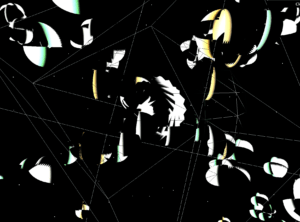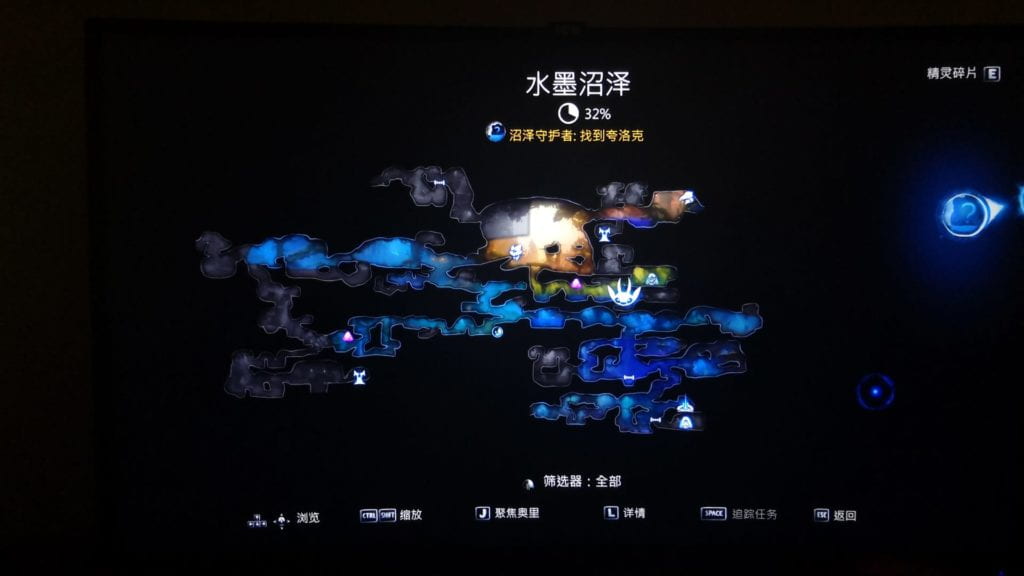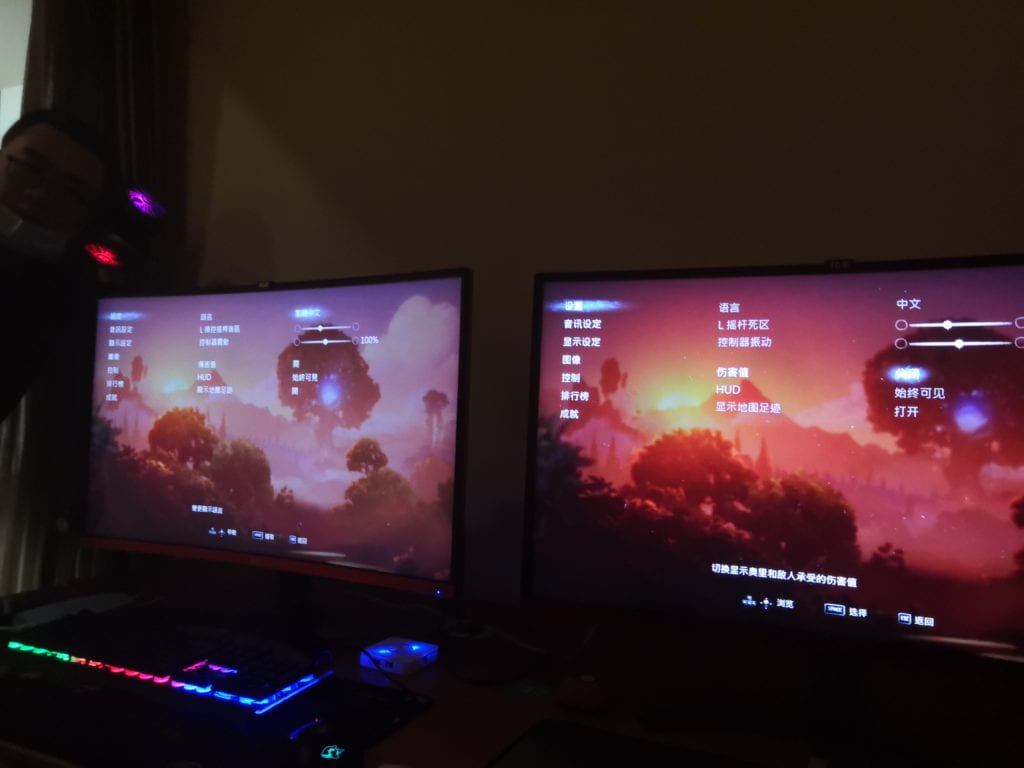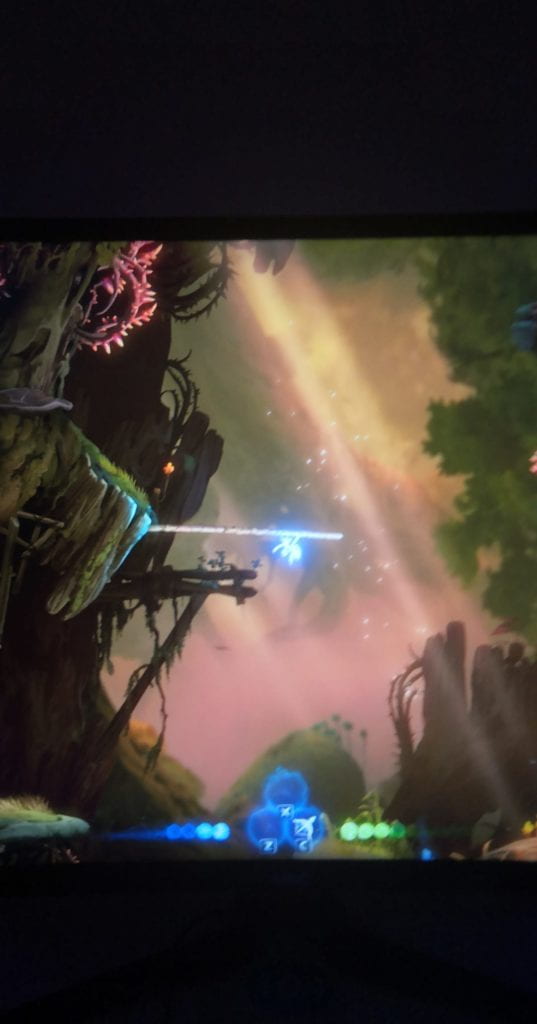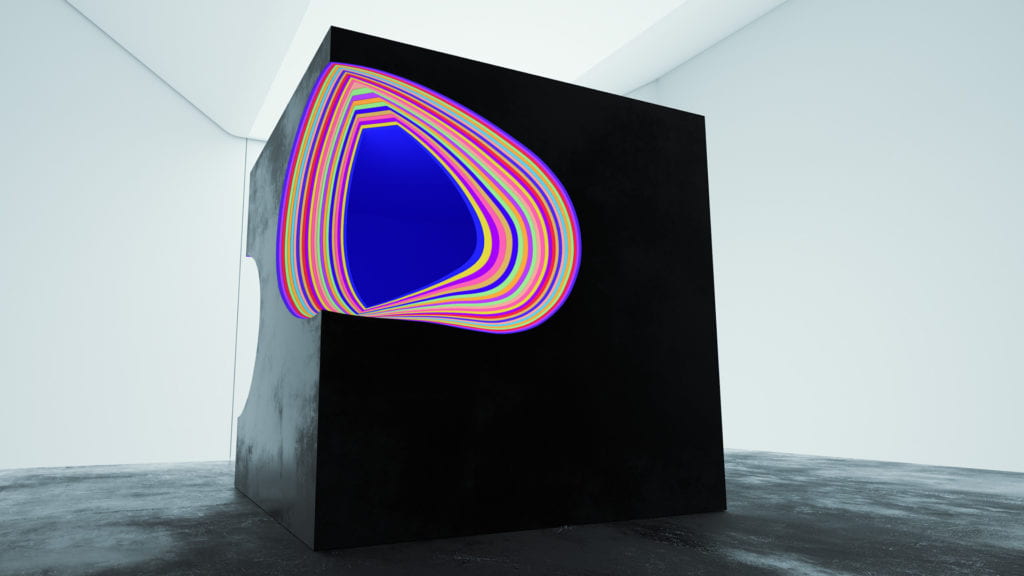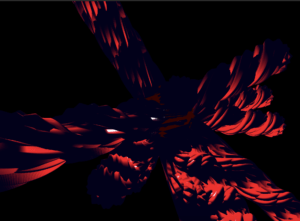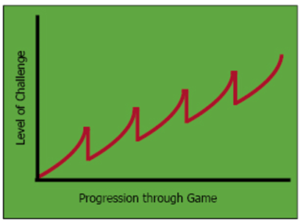I actually didn’t know where to start with the project. 3D space on the web page is still a little abstract to me, and I don’t know what a world I can create with current knowledge. I somehow wanted to create something bouncing & interacting with each other, so I started with the most basic sketch: a few spheres with a red material, pretty similar to my previous assignment.
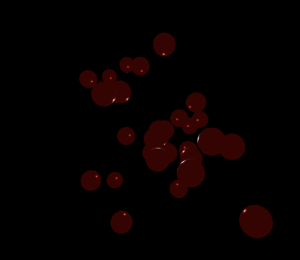

I got strongly inspired by Flutter Generative Art: The Easy Way about how they use trigonometric function creatively. It seems those functions can add a lot to the unchanging pattern in the sketches, so I started to experiment with them. Below is two groups of balls moving and rotating in an “∞” way.

However, I found it confused about how to rotate a 3D object/array. First thing is that when rotating something in 3.js, it has to be defined which axis is being rotated, and be written in the animate function. Prof Moon also told me that I could push two groups of the same class with different velocity/ parameters to achieve the effect I wanted. Below is what I have after creating 4 groups for different directions with broken spheres – something I create to imitate a cracked and glittering effect. I also started playing with lines to create a geometry/mesh outside of the rectangles. However, lines in 3D space cannot be easily manipulated and cannot rotate smoothly, so I turned to something symmetric later.
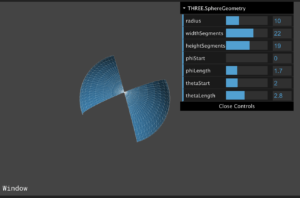
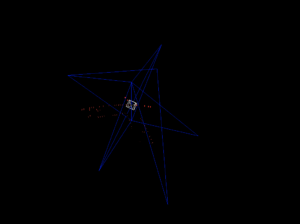
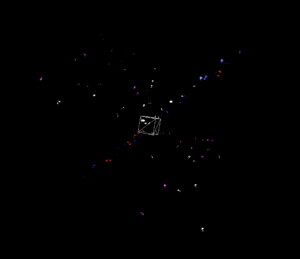
Basically what I did later is modifying the colors/geometries.

I randomly found an example on the 3.js doc about buffer geometry lines that stroke me and I played around with it. The points buffer geometry made by Prof Moon also inspired me so I began to experiment to find a balance between everything I have now. During the progress, I realized that I am creating different layers – from outside to inside, from the dispersion to the origin. Nonetheless, the lines are too hard to be integrated into the whole visual so I removed them later.

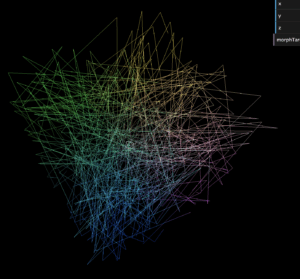
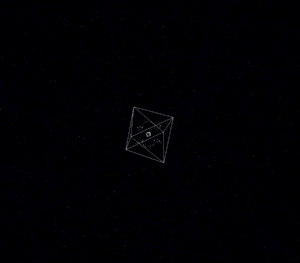
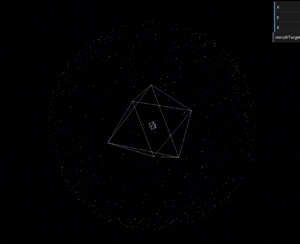
Everything is working right now and the moving balls are generating their own visuals. But I think I should expand more on the concept of origin – should there be something more inside&outside? For the inner part, I created a reflective ball with a flower inside, took from my previous assignment. It fits with the petal array. I got reminded of the class example where the light is rotating in an orbit, so I created two lights rotating with a small and a larger orbit. However, the geometries are not opaque – light will go across them. So after finalizing the sketch, I only kept one light that rotates outside of the biggest shell. Below are some screenshots of the final sketch.
